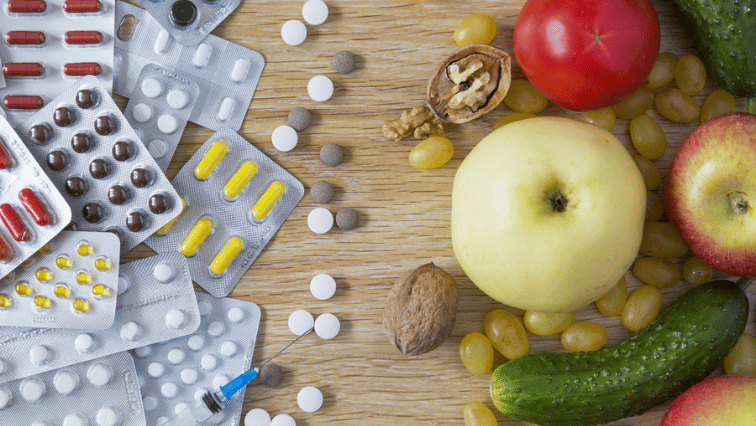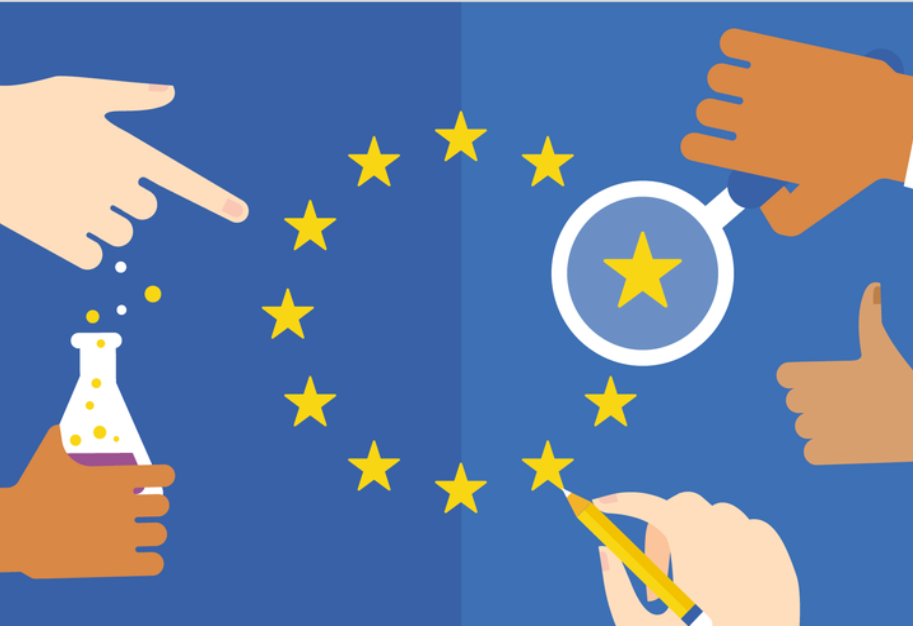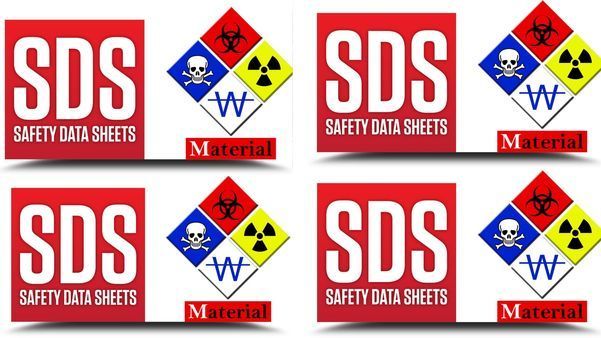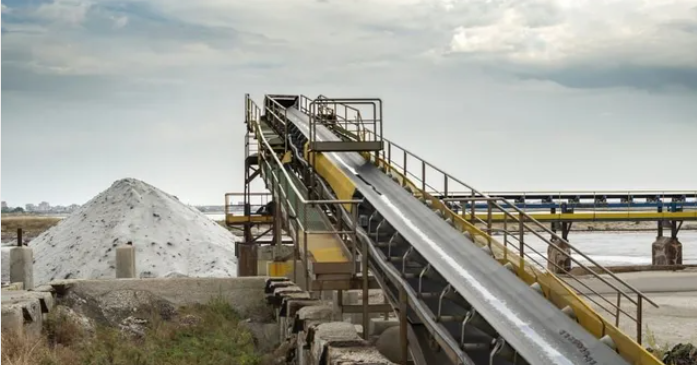How High-Purity Chemicals Improve Product Safety in Food and Pharma Industries
High-purity chemicals are substances that have been refined to contain minimal levels of impurities, often exceeding 99.9% purity. In sectors where safety and quality are paramount - such as the food and pharmaceutical industries - this level of chemical precision is not just desirable, but essential. Even trace contaminants can compromise product integrity, lead to regulatory issues, or pose serious health risks.
The food industry relies on high-purity additives, preservatives and processing agents to ensure consumer safety and meet strict hygiene standards. Meanwhile, the pharmaceutical sector demands exacting chemical specifications for drug formulation, where purity directly influences efficacy and patient well-being.
This blog explores the critical role high-purity chemicals play in safeguarding products within these industries. We’ll examine how purity standards translate into real-world safety, supporting both regulatory compliance and public trust.
What Are High-Purity Chemicals?
High-purity chemicals are substances that meet rigorous quality standards, containing minimal impurities to ensure consistent performance and safety in critical applications. These chemicals are classified based on their intended use and the level of purity required, with common grades including ACS (American Chemical Society) grade, USP (United States Pharmacopeia), EP (European Pharmacopoeia), and food grade. Each classification comes with strict specifications to match the needs of different industries, particularly those focused on human health.
The production of high-purity chemicals involves advanced refining and purification processes such as distillation, crystallization, filtration and ion-exchange. These methods remove trace contaminants that could otherwise compromise safety or efficacy, making the final product suitable for analytical, food or pharmaceutical use.
In the food industry, high-purity chemicals are commonly found in the form of preservatives, colorants, acidity regulators and flavor enhancers. Their purity is essential to comply with food additive standards and to prevent potential toxicological risks. In pharmaceuticals, they are used as solvents, active ingredients, and pharmaceutical excipients - substances that aid in the delivery and absorption of active compounds. The use of analytical grade chemicals and pharmaceutical-grade excipients helps ensure that medications are both safe and effective.
Ultimately, the purity level of these substances is what distinguishes them for use in safety-sensitive sectors, where even minor impurities can lead to significant consequences.
Importance of Chemical Purity in the Food Industry
Contamination Risks and Health Impacts
In the food industry, the use of high-purity, food-grade chemicals is vital to protecting consumer health. Even trace levels of impurities can introduce allergens, toxins, or heavy metals, leading to serious health consequences. For example, contaminants like lead, arsenic, or unapproved additives can enter the food supply during manufacturing if chemicals used are not properly purified. This can trigger acute toxicity, allergic reactions, or long-term health risks such as neurological damage and organ dysfunction.
There have been numerous high-profile food recalls linked to chemical contamination in food. In one case, the presence of melamine (a chemical used in plastics) led to a massive global recall of milk products and infant formula, causing widespread illness. In another instance, contaminated colorants introduced banned dyes into spice products, prompting regulatory action and damaging brand trust.
These cases underscore the fact that chemical purity is not just a technical detail - it is a frontline defense against consumer health risks.
Role in Quality Assurance and Regulatory Compliance
Maintaining high chemical purity is also critical for regulatory compliance and quality assurance. Global food safety authorities - including FSSAI (India), FDA (USA) and Codex Alimentarius (UN/FAO/WHO) - require that food additives and processing chemicals meet strict specifications. These standards aim to limit exposure to hazardous substances and ensure safe daily intake levels.
To meet these food safety standards, manufacturers routinely conduct chemical testing in food using advanced analytical techniques such as High-Performance Liquid Chromatography (HPLC) and mass spectrometry. These methods can detect impurities at parts-per-billion levels, ensuring that only approved and clean substances are present.
Moreover, chemical purity supports ingredient traceability, a key component in modern supply chains. If contamination does occur, being able to trace the source of each input down to the chemical level enables faster recalls and corrective action - minimizing both health impacts and economic losses.
In summary, high-purity chemicals are foundational to ensuring safe, compliant, and high-quality food products in today’s tightly regulated global market.
Comparing Use Cases: Food vs. Pharma Industry

Both the food and pharmaceutical industries rely heavily on high-purity chemicals to ensure the safety, quality and regulatory compliance of their products. In both sectors, there is a strong emphasis on purity demands, strict adherence to global standards, and comprehensive quality control systems. Whether it’s a food-grade preservative or a pharmaceutical excipient, the goal is the same: to prevent contamination and protect human health.
However, there are notable differences in tolerances, usage volumes and testing rigor. The pharmaceutical industry typically enforces much tighter impurity thresholds, especially for active pharmaceutical ingredients (APIs) and injectable products, where even trace contaminants can impact
drug safety and patient outcomes. Testing methods in pharma are more rigorous and frequent, often involving advanced techniques like HPLC, gas chromatography, and mass spectrometry to comply with GMP and ICH guidelines.
In contrast, the food industry operates with broader impurity tolerances depending on the substance and its application. While still guided by strict
food safety standards, food-grade chemicals are often produced and consumed in much larger volumes than pharmaceutical-grade compounds. Testing protocols are robust but generally less intensive than in pharma, focusing on ensuring that contaminants remain below acceptable daily intake levels.
Despite these differences, both industries share supply chain vulnerabilities, particularly in the sourcing and transport of high-purity raw materials. Disruptions, adulteration, or mislabeling in upstream supply chains can have far-reaching effects on supply chain traceability and end-product safety. This makes risk management and supplier verification critical to both sectors.
Ultimately, while the end uses may differ, the shared need for chemical purity underscores a common goal: delivering safe, high-quality products that consumers can trust.
How Manufacturers Ensure High-Purity Chemical Use
To consistently deliver safe and compliant products, manufacturers in both the food and pharmaceutical sectors implement stringent quality assurance protocols for sourcing and handling high-purity chemicals. The process begins with vendor qualification, where chemical suppliers must meet defined criteria for purity, traceability and regulatory compliance. This includes reviewing chemical supplier certifications, past performance, audit results, and adherence to standards such as ISO or GMP.
Once qualified materials are sourced, the focus shifts to proper handling, production and storage. Many manufacturers operate under cleanroom standards, especially in pharmaceutical environments, where airborne particles or microbial contamination must be tightly controlled. These controlled environments help maintain the integrity of high-purity chemicals and prevent cross-contamination during processing.
Real-time testing and documentation are also essential components of quality control. Analytical methods such as HPLC, FTIR spectroscopy, and titration are used at various stages of production to confirm chemical identity and detect impurities. All test results are documented by regulatory guidelines to ensure full traceability and batch-level verification.
Together, these practices create a robust framework for ensuring that only high-purity chemicals enter the manufacturing process. From supplier vetting to cleanroom practices and real-time quality checks, manufacturers maintain a closed loop of control that safeguards both product quality and end-user safety.
The Future of High-Purity Chemical Usage
As technology and consumer expectations evolve, the future of high-purity chemical usage is being shaped by innovation, sustainability and increased transparency. One major trend is the rise of green chemistry and chemical sustainability - efforts to reduce environmental impact while maintaining the strict purity standards required in food and pharmaceutical manufacturing. Green pharma initiatives, for example, focus on cleaner synthesis methods and eco-friendly solvents that minimize hazardous waste.
Another promising development is the integration of AI in quality control. Artificial intelligence and machine learning algorithms are increasingly being used to predict contamination risks, optimize purification processes, and enhance supply chain traceability. These technologies allow for faster, more accurate decision-making, reducing both cost and risk.
On the production floor, in-line spectroscopy and other real-time monitoring tools are revolutionizing how purity is measured. Instead of relying solely on lab-based batch testing, manufacturers can now detect impurities instantly during processing - enabling immediate corrective actions and tighter process control.
Meanwhile, consumers are demanding greater transparency about what goes into the products they eat or use as medicine. This pressure is driving companies to adopt more rigorous testing, cleaner formulations and clearer labeling, all of which depend on the consistent use of high-purity chemicals. The future, in short, is cleaner, smarter and more accountable.
FAQs
Why is chemical purity more critical in pharma than food?
While both industries prioritize safety, pharmaceutical products often involve direct entry into the bloodstream or internal tissues, making even trace impurities potentially life-threatening. In contrast, food products are generally metabolized through the digestive system, which can tolerate slightly broader impurity ranges. As a result, drug safety standards demand more stringent purity controls and testing.
What are the consequences of using low-purity chemicals?
Using low-purity chemicals can lead to contamination, reduced product performance, regulatory violations, and serious health risks. In pharmaceuticals, this may cause ineffective treatment or dangerous side effects. In food, it can trigger allergic reactions, toxicity, or product recalls due to chemical contamination.
Are high-purity chemicals more expensive? Why?
Yes, high-purity chemicals typically cost more due to the advanced refining processes, extensive testing, and strict quality control measures involved in their production. This added cost reflects the assurance of consistency, safety, and regulatory compliance - especially critical in safety-sensitive applications.
How do I verify a chemical's purity grade?
Chemical purity is verified through a Certificate of Analysis (CoA) provided by the supplier. This document outlines the testing results and confirms compliance with standards such as USP, EP, ACS, or food-grade specifications. Reputable suppliers also hold certifications and audits that validate their production and quality assurance practices.
Conclusion
Chemical purity is a critical pillar of product safety, directly influencing the quality, effectiveness and trustworthiness of both food and pharmaceutical products. As we've explored, maintaining high purity standards protects consumers from harmful contaminants and ensures compliance with global regulations.
Whether in a food additive or a pharmaceutical excipient, the demand for purity is non-negotiable. It’s essential that
manufacturers,
suppliers and regulators continue to invest in rigorous testing, cleaner processes, and transparent sourcing. By doing so, they not only meet industry standards, but also safeguard public health at every level.
















